If you remember (if you do, I commend you on your tremendous memory), all the way back in January, I made a New Year’s resolution to read a classic novel a month. Spoiler alert! It didn’t happen. There were a few months when I started to read a particular book, but just couldn’t get into it, and then didn’t pick another one to replace it.

I did, however, read 9 classics out of the proposed 12, which is 9 more than I would have read without a resolution! There were two months that could be considered cheating so I’ll let you, dear reader, decide if I can include them on my list or not.
- January – We Have Always Lived in the Castle by Shirley Jackson. This book is decidedly more modern than the normal classics we think of, but it is a classic nonetheless. I had been wanting to read a Shirley Jackson novel for a while so I picked this one up and I enjoyed it–just in time for the movie to come out!
- February –Northanger Abbey by Jane Austen. I am a big fan of Jane Austen, so it was high time that I finally read Northanger Abbey. I loved this one as much as I thought I would.
- March – The Hobbit by J.R.R. Tolkien. I really loved this book. This was my first Tolkien novel, and I don’t think I could have picked a better one to start with. Bilbo’s riddle battle with Gollum is one of my favorite scenes of literature ever; I found myself trying to figure the riddles out alongside them.
- April – The Old Man and the Sea by Ernest Hemingway. This was the surprise hit for me. Of course, this is widely considered a great novel, but I picked it up thinking it was going to be kind of boring. I am ashamed I ever thought that! I was totally engrossed and finished it in one sitting.
- May – This is the month I didn’t finish Middlemarch by George Eliot. “Didn’t finish” is a generous statement, because I barely got 10 pages in before I decided that I definitely wasn’t in the right frame of mind to read it.
- June – The Picture of Dorian Gray by Oscar Wilde. This might be an unpopular opinion, but I didn’t really like this novel. I appreciated Wilde’s usual wit but I didn’t love how it was all put together. Still, I’m glad I can say that I’ve read this.
- July – I skipped a classic in July. In fact, looking back at the list of books I read this year, I barely read anything in July. Summer just does something to me where I don’t want to do anything except bemoan how hot and humid it is outside.
- August – Treasure Island by Robert Louis Stevenson. This was such a fun book! I thought this was a great summer read. My favorite character was Ben Gunn who asked for cheese after being marooned on the island for three years.
- September – Another month I didn’t read a classic. In all fairness, I had just started my first semester of grad school, so I felt guilty if I wasn’t doing anything but homework.
- October – The Legend of Sleepy Hollow by Washington Irving. This is one of the ones that might be cheating, as it is a short story. I listened to this one as an audiobook, and it was the perfect story to listen to right before Halloween.
- November – Persuasion by Jane Austen. This is the other one that could be considered cheating since I have read this one before. This is my favorite Austen novel and I was in the mood to read it again. Captain Wentworth is so much more swoon-worthy than Mr. Darcy, in my opinion!
- December – A Christmas Carol by Charles Dickens. What better book to read for the holidays than this one? I really enjoyed this; growing up, I always thought Dickens was boring. I guess this means I’m an adult now because I saw the humor in it and I found myself looking up the symbolism of the different ghosts.
I have to say, I really liked this challenge. I stuck to this resolution better than I would have with a saving money- or an eating healthier- resolution. With 2019 rapidly approaching, I am starting to make a list of books I want to read next year; I know I want to read a more diverse list of authors. If you’re looking for an easy resolution, this is a great one! It doesn’t even have to be one classic a month. It could be any kind of book. It could just be “In 2019, I want to read at least one book a month.” Like me, it’s okay to skip a month (or even cheat a little). You succeed if you read!


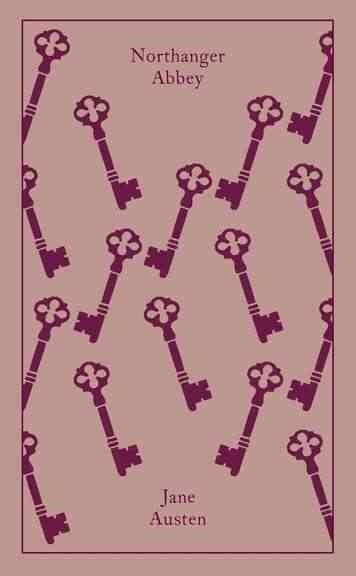 In January, I started with
In January, I started with 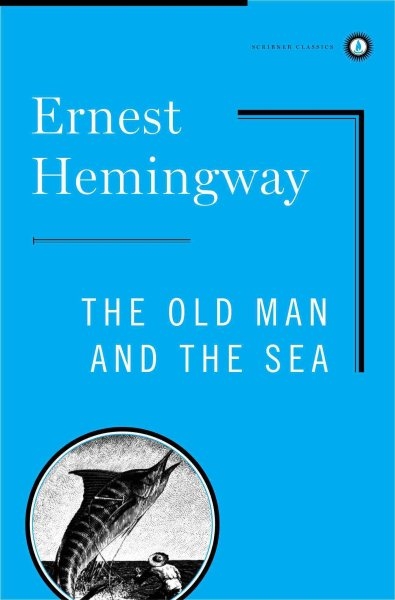 I have already finished my April pick.
I have already finished my April pick. 
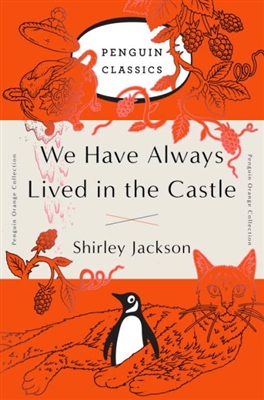 So, with these bullet points in mind, what did I pick as my first classic novel? I have started with
So, with these bullet points in mind, what did I pick as my first classic novel? I have started with 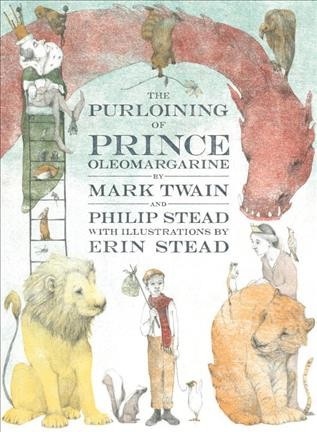
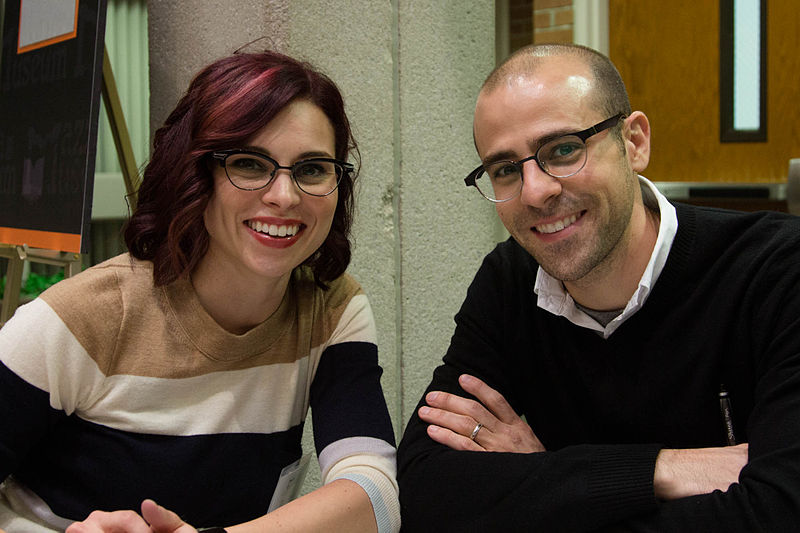
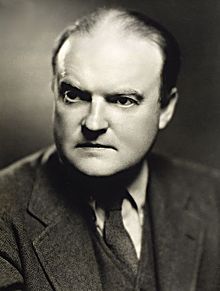 After his death in 1940, a longtime critic and friend Edmund Wilson secured permission from Fitzgerald’s family to publish “The Last Tycoon.” Wilson had never held back his negative criticism of the author’s work, even from Fitzgerald’s beginnings when Wilson published a satirical poem arguing that the young writer’s work was shallow and superficial. But Wilson was deeply affected by his death, expressing in a letter to Fitzgerald’s wife, Zelda: “I feel myself as though I had been suddenly robbed of some part of my own personality.”
After his death in 1940, a longtime critic and friend Edmund Wilson secured permission from Fitzgerald’s family to publish “The Last Tycoon.” Wilson had never held back his negative criticism of the author’s work, even from Fitzgerald’s beginnings when Wilson published a satirical poem arguing that the young writer’s work was shallow and superficial. But Wilson was deeply affected by his death, expressing in a letter to Fitzgerald’s wife, Zelda: “I feel myself as though I had been suddenly robbed of some part of my own personality.”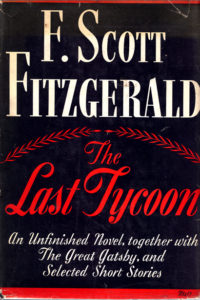 Wilson, who must have felt some regret at being so critical of what he often called a “commercial” and “trashy” writer, decided to set the tone for Fitzgerald’s legacy by preparing his last manuscript and titling it “The Last Tycoon.” It would be published in book form accompanied strategically by “The Great Gatsby” and selected short stories. In the Foreword, Wilson announced “The Last Tycoon” to be “Fitzgerald’s most mature piece of work” and “the best novel we have had about Hollywood.” Other critics followed with similar praise. Novelist J. F. Powers asserted that “The Last Tycoon” contained more of his best writing than anything he had ever done and Fitzgerald’s best had always been the best there was.”
Wilson, who must have felt some regret at being so critical of what he often called a “commercial” and “trashy” writer, decided to set the tone for Fitzgerald’s legacy by preparing his last manuscript and titling it “The Last Tycoon.” It would be published in book form accompanied strategically by “The Great Gatsby” and selected short stories. In the Foreword, Wilson announced “The Last Tycoon” to be “Fitzgerald’s most mature piece of work” and “the best novel we have had about Hollywood.” Other critics followed with similar praise. Novelist J. F. Powers asserted that “The Last Tycoon” contained more of his best writing than anything he had ever done and Fitzgerald’s best had always been the best there was.” Fitzgerald’s influence, his attention to the illusive American dream, is seen in the work of Richard Yates, J. D. Salinger, Joseph Heller, and many contemporary writers. Mystery writer, Raymond Chandler, wrote that that “Fitzgerald is a subject no one has the right to mess up . . . He had one of the rarest qualities in all of literature . . . The word is charm—charm as Keats would have used it . . . It’s a kind of subdued magic, controlled and exquisite.” While Fitzgerald had sold less than 25,000 copies of “The Great Gatsby” at the time of his death, this book has now sold over 25 million copies worldwide.
Fitzgerald’s influence, his attention to the illusive American dream, is seen in the work of Richard Yates, J. D. Salinger, Joseph Heller, and many contemporary writers. Mystery writer, Raymond Chandler, wrote that that “Fitzgerald is a subject no one has the right to mess up . . . He had one of the rarest qualities in all of literature . . . The word is charm—charm as Keats would have used it . . . It’s a kind of subdued magic, controlled and exquisite.” While Fitzgerald had sold less than 25,000 copies of “The Great Gatsby” at the time of his death, this book has now sold over 25 million copies worldwide.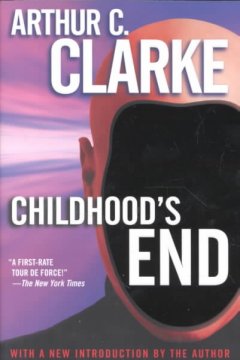 To those who have heard his name, Arthur C. Clarke is most well-known as the co-creator of the book and subsequent film 2001: A Space Odyssey. However, his influence does not stop at cinema. Clarke’s theories in his books about satellites and orbits actually came to fruition in reality, so much so that a geosynchronous orbit used by telecommunications satellites is named after him (
To those who have heard his name, Arthur C. Clarke is most well-known as the co-creator of the book and subsequent film 2001: A Space Odyssey. However, his influence does not stop at cinema. Clarke’s theories in his books about satellites and orbits actually came to fruition in reality, so much so that a geosynchronous orbit used by telecommunications satellites is named after him (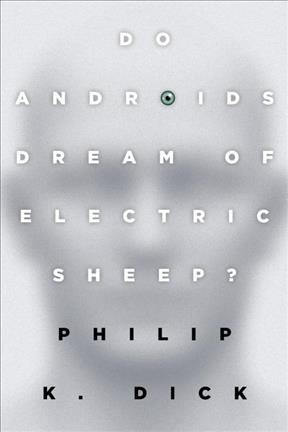 There has been a lot of debate as to which author is truly the quintessential sci-fiauthor, and nearly every one comes to the same conclusion. Philip K. Dick made massive contributions to the entire genre of Science-Fiction, molding it into what it is today. Many of PKD’s works have been adapted to film and television, though few know it. Total Recall, The Adjustment Bureau, Minority Report, The Man in the High Castle, and Blade Runner are all based on his works. Because of this, many people are more familiar with his stories than they realize. My favorite work of his is Do Androids Dream of Electric Sheep?, which was the basis for the film Blade Runner. It is a detective story at it’s heart, the story of Rick Deckard, a “Blade Runner,” a detective who specializes in identifying and decommissioning rogue androids. It’s an interesting take on the classic mystery novel, and I love it.
There has been a lot of debate as to which author is truly the quintessential sci-fiauthor, and nearly every one comes to the same conclusion. Philip K. Dick made massive contributions to the entire genre of Science-Fiction, molding it into what it is today. Many of PKD’s works have been adapted to film and television, though few know it. Total Recall, The Adjustment Bureau, Minority Report, The Man in the High Castle, and Blade Runner are all based on his works. Because of this, many people are more familiar with his stories than they realize. My favorite work of his is Do Androids Dream of Electric Sheep?, which was the basis for the film Blade Runner. It is a detective story at it’s heart, the story of Rick Deckard, a “Blade Runner,” a detective who specializes in identifying and decommissioning rogue androids. It’s an interesting take on the classic mystery novel, and I love it.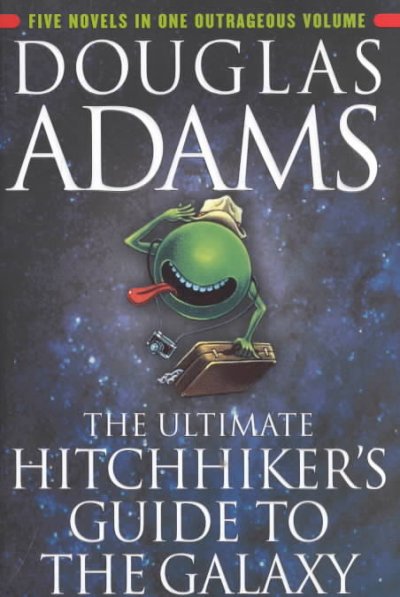 Douglas Adams was, for the most part, a humorist in the vein of Mark Twain, but his genre of choice was science fiction. His masterpiece, The Hitchhiker’s Guide to the Galaxy and its sequels, now published together as The Ultimate Hitchhiker’s Guide to the Galaxy, are the best example of his sharp wit and absurdist style of Adams’ work. The opening of the book features (spoiler alert, although it is the beginning of the book) the destruction of Earth, after which Adams writes “This planet has—or rather had—a problem, which was this: most of the people living on it were unhappy for pretty much all of the time. Many solutions were suggested for this problem, but most of these were largely concerned with the movement of small green pieces of paper, which was odd because on the whole, it wasn’t the small green pieces of paper that were unhappy.” The book is likely the one that I have reread the most, and in my mind, it is, not only one of the funniest novels, but one of the best ever written at all.
Douglas Adams was, for the most part, a humorist in the vein of Mark Twain, but his genre of choice was science fiction. His masterpiece, The Hitchhiker’s Guide to the Galaxy and its sequels, now published together as The Ultimate Hitchhiker’s Guide to the Galaxy, are the best example of his sharp wit and absurdist style of Adams’ work. The opening of the book features (spoiler alert, although it is the beginning of the book) the destruction of Earth, after which Adams writes “This planet has—or rather had—a problem, which was this: most of the people living on it were unhappy for pretty much all of the time. Many solutions were suggested for this problem, but most of these were largely concerned with the movement of small green pieces of paper, which was odd because on the whole, it wasn’t the small green pieces of paper that were unhappy.” The book is likely the one that I have reread the most, and in my mind, it is, not only one of the funniest novels, but one of the best ever written at all. Sarah Churchwell’s
Sarah Churchwell’s 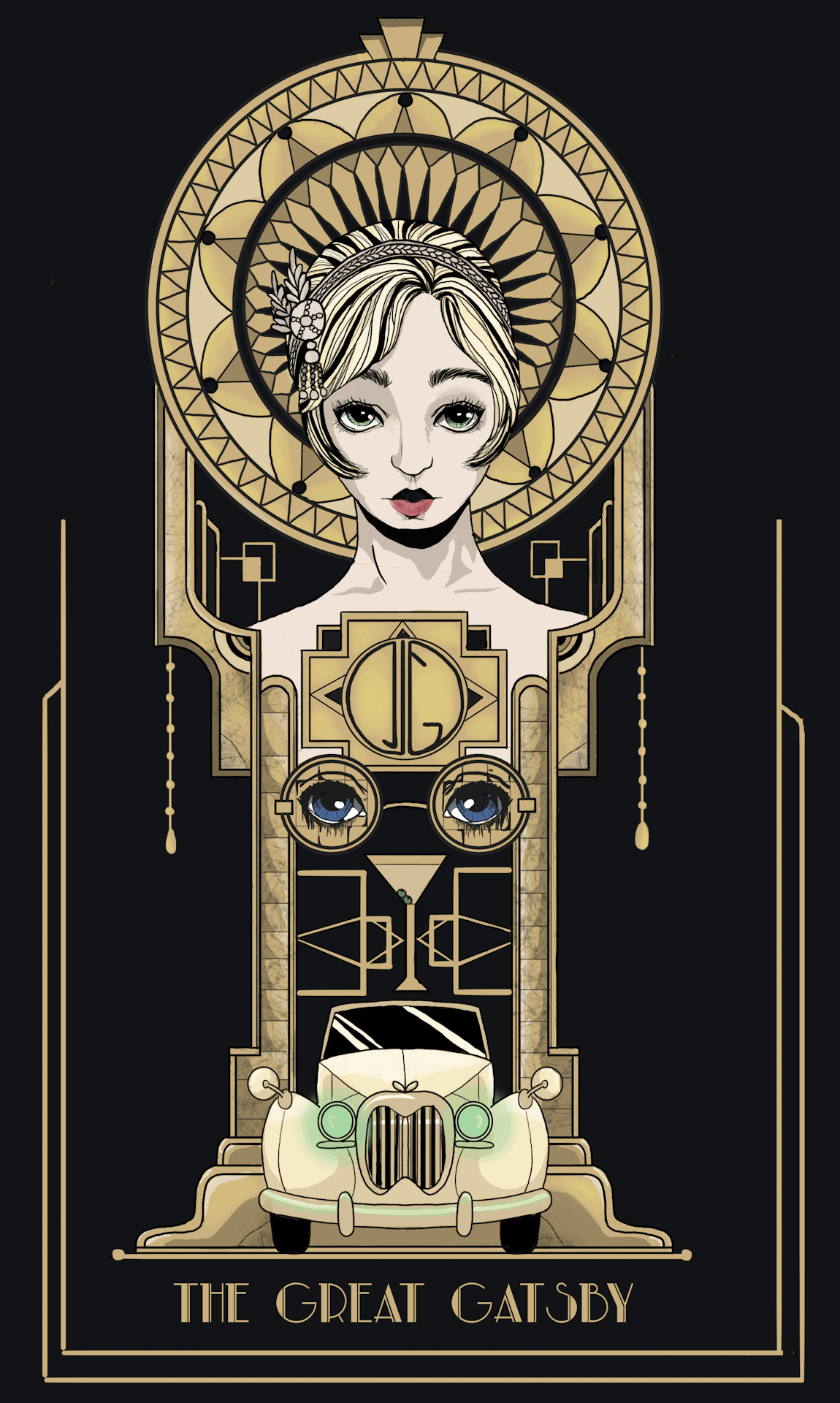 Fortunately, I was reacquainted with Gatsby & Co. almost a decade later when it was I, as an English teacher, who assigned Gatsby to a new crop of high school sophomores. I had a better appreciation by then of American history, and dreams, and ambition, and poetry—and so, too, the novel itself. But mine was a fairly by-the-numbers enlightenment about the books’ genius.
Fortunately, I was reacquainted with Gatsby & Co. almost a decade later when it was I, as an English teacher, who assigned Gatsby to a new crop of high school sophomores. I had a better appreciation by then of American history, and dreams, and ambition, and poetry—and so, too, the novel itself. But mine was a fairly by-the-numbers enlightenment about the books’ genius.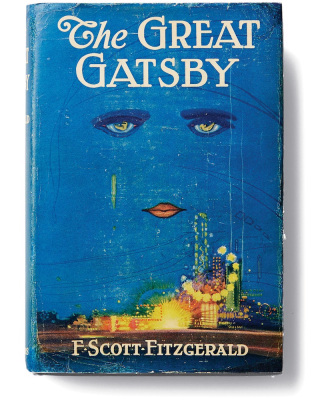
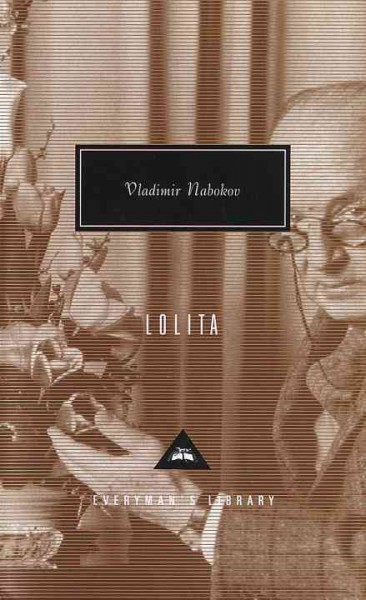 One escape I have thoroughly enjoyed recently is Vladimir Nabokov’s
One escape I have thoroughly enjoyed recently is Vladimir Nabokov’s 
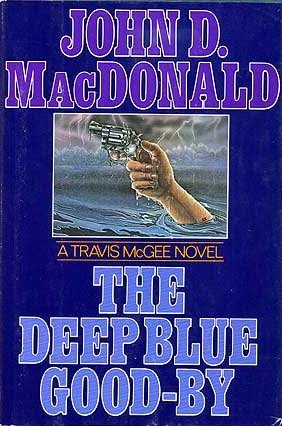 The Travis McGee novels (which can all be identified by the colors in their title, all the way to 1985’s elegiac Lonely Silver Rain) have tightly-constructed and entertaining plots, but it’s the little things that stick with you after you read them: McGee’s philosophical ruminations, proto-environmentalism, and general unease with adapting to modern life (even 50 years ago). The richly detailed settings of 1960s Fort Lauderdale, especially Bahia Mar, where McGee’s houseboat, The Busted Flush, is parked right next to the Alabama Tiger’s Perpetual Floating House Party. And, even though he is strangely missing from The Deep Blue Good-by, the person who outlasts any of McGee’s various lovers is Meyer, the bearded economist living about his yacht the John Maynard Keynes, who frequently plays Watson to McGee’s Sherlock.
The Travis McGee novels (which can all be identified by the colors in their title, all the way to 1985’s elegiac Lonely Silver Rain) have tightly-constructed and entertaining plots, but it’s the little things that stick with you after you read them: McGee’s philosophical ruminations, proto-environmentalism, and general unease with adapting to modern life (even 50 years ago). The richly detailed settings of 1960s Fort Lauderdale, especially Bahia Mar, where McGee’s houseboat, The Busted Flush, is parked right next to the Alabama Tiger’s Perpetual Floating House Party. And, even though he is strangely missing from The Deep Blue Good-by, the person who outlasts any of McGee’s various lovers is Meyer, the bearded economist living about his yacht the John Maynard Keynes, who frequently plays Watson to McGee’s Sherlock.